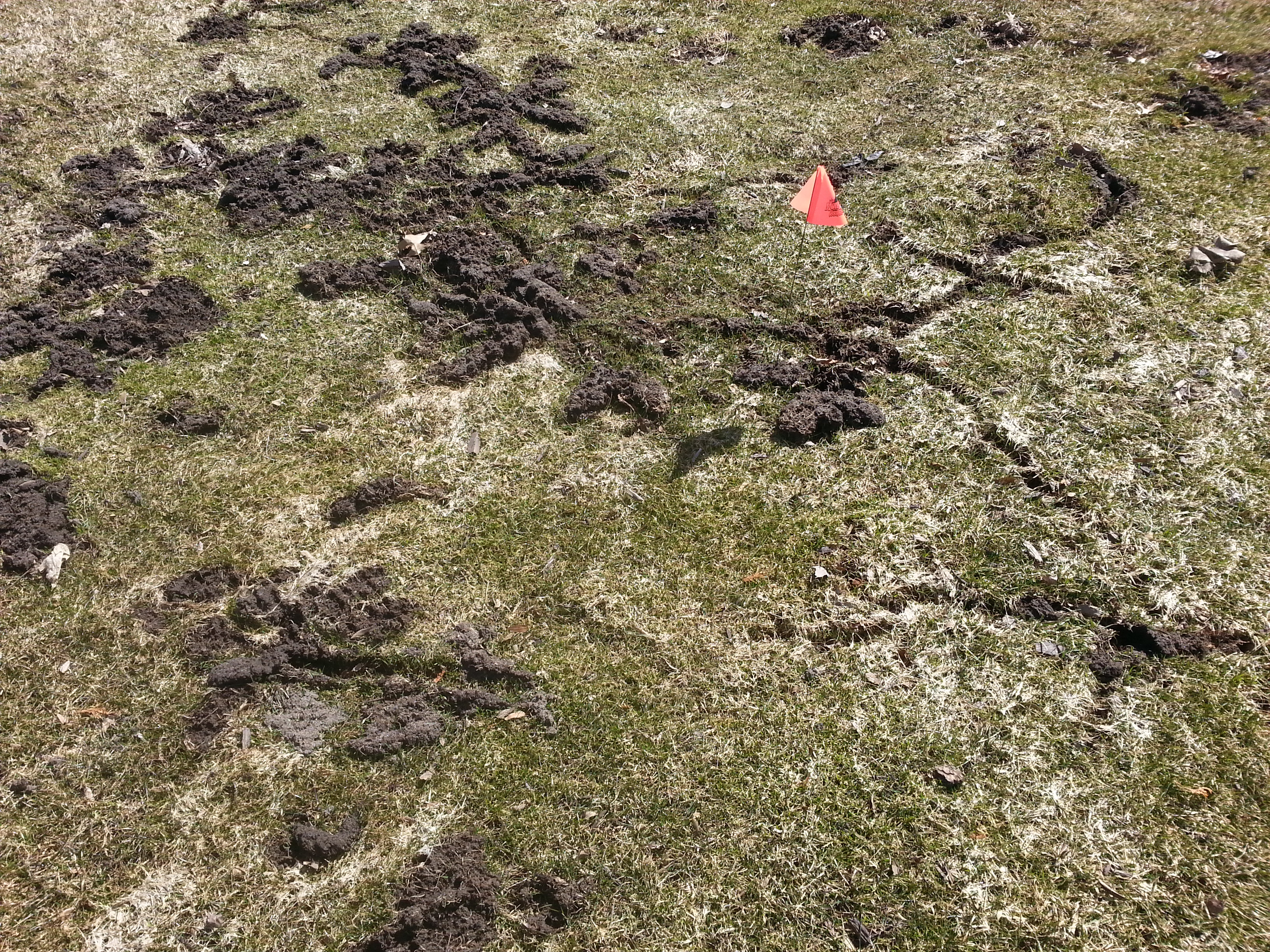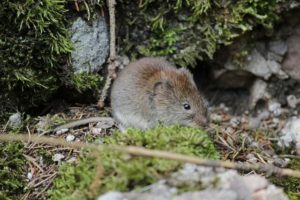Combat Vole Problem: Professional Techniques for Vole Control
Wiki Article
Understanding Vole Pest Control: Comprehensive Insights on Infestation Avoidance and Therapy Strategies
By recognizing the subtle indicators of vole problem early on, we can take proactive measures to protect against prevalent damage. In this discussion, we will certainly check out the nuances of vole behavior, dive into the identification of problem signs, and reveal the most reliable avoidance and treatment methods.Recognizing Vole Behavior
Examining the foraging patterns of voles supplies valuable understandings right into their behavior and habitat preferences. Voles, small rats resembling computer mice, are herbivores known for their underground tunneling tasks. By observing their foraging habits, researchers can gain a better understanding of where voles prefer to establish their environments and the extent of their environmental influence. Voles are respected breeders, with a solitary female qualified of creating numerous trashes in a year, making it crucial to comprehend their behavior for efficient insect control strategies.
Research suggests that voles show selective feeding routines, preferring seeds, roots, and tubers - vole lawn damage. This nutritional choice affects their foraging patterns, leading them to areas rich in plants and ground cover. In addition, voles are understood to create intricate tunnel systems for foraging and nesting purposes, showing a high degree of versatility to their environments
Understanding vole habits is important for executing targeted insect control steps that disrupt their environment choices and foraging tasks. By researching their actions, professionals can establish extra efficient prevention and treatment strategies to take care of vole infestations.
Identifying Indications of Vole Invasion
Vole invasions can be identified by recognizing details signs of their visibility in an area. Among one of the most common indicators of a vole invasion is the presence of surface area paths. Voles produce networks of slim pathways on the ground that are normally about two inches broad. These runways are often discovered in verdant locations or below mulch or ground cover where voles can relocate openly and look for food.An additional essential sign of vole infestation is the presence of tiny burrow openings in the ground. Voles dig superficial burrow systems with multiple entrances and exits. These burrows work as sanctuary and nesting sites for the voles. Additionally, voles are recognized to leave behind eaten plant stems, origins, and light bulbs near their burrow openings, showing their feeding task in the location.
Additionally, vole droppings can also indicate their existence (vole yard damage). Vole droppings are tiny, brown, and round fit, looking like grains of rice. Finding these droppings along runways or near burrow openings can validate a vole problem. By being vigilant for these indications, property proprietors can quickly deal with vole invasions and avoid further damage.
Carrying Out Proactive Prevention Measures
To effectively alleviate the threats associated with vole infestations, home owners can proactively implement an array of preventative measures aimed at safeguarding their yards and landscapes. Furthermore, keeping yard areas clean and lessening clutter where voles could conceal or nest is crucial in reducing their presence.Additionally, utilizing all-natural vole deterrents like castor oil-based repellents or killer urine can work as reliable preventative actions. It is additionally advisable to consistently check outdoor areas for any type of signs of vole activity, such as runways or burrow openings, to resolve prospective infestations promptly. By adopting these aggressive avoidance techniques, residential or commercial property owners can dramatically decrease the chance of vole damages and keep the health and wellness and visual appeals of their landscapes.
Reliable Therapy Strategies
Incorporating targeted capturing approaches and using accepted rodenticides are necessary components of reliable treatment techniques for handling vole invasions. Trapping can be an effective means to decrease vole populaces, especially when positioned tactically in their active paths. Snap catches and live catches can both work, with the last permitting the capture sites and moving of voles. When making use of rodenticides, it is important to adhere to safety guidelines to protect against damage to non-target pets and family pets. Location rodenticides in protected lure stations to lessen threats to unintentional targets. In addition, habitat adjustment, such as minimizing ground cover and removing sources of food, can assist deter voles from infesting a location. Routine surveillance and upkeep are also essential aspects of effective treatment methods to make certain that vole populaces are maintained under control. By incorporating trapping, rodenticides, habitat alteration, and consistent tracking, reliable vole parasite control can be attained.
Monitoring and Maintenance Tips
Routine monitoring permits for the early detection of vole task, enabling prompt treatment before invasions intensify. To effectively keep an eye on vole populaces, tactically placed traps can be made use of in vole runways or near burrow entries.Furthermore, keeping a clean and clean landscape is essential in vole avoidance. Cleaning away helpful hints debris, such as stacks of timber or dense greenery, gets rid of possible vole environments. Regularly cutting and trimming grass plants aids lower vole hiding places and lessens their access to food resources.

Final Thought
In verdict, mastering vole insect control requires a strong understanding of vole behavior, the ability to identify signs of infestation, implementing proactive avoidance actions, effective therapy methods, and constant monitoring and upkeep. click to investigate By taking a thorough strategy to vole control, people can successfully take care of and stop invasions, eventually safeguarding their residential property and bordering atmosphere from damage brought on by these tiny rats.In this conversation, we will certainly check out the nuances of vole actions, dig into the identification of problem signs, and uncover the most effective prevention and therapy techniques.Incorporating targeted capturing methods and making use of authorized rodenticides are necessary elements of reliable treatment methods for handling vole problems. To effectively check vole populations, strategically positioned traps can be made use of in vole runways or near burrow entryways. Inspecting and fixing any problems to these structures ensures that vole control stays reliable in protecting buildings from invasions. By integrating these surveillance and maintenance methods into a thorough vole pest control plan, people can effectively take care of vole populations and safeguard their buildings from damage.
Report this wiki page